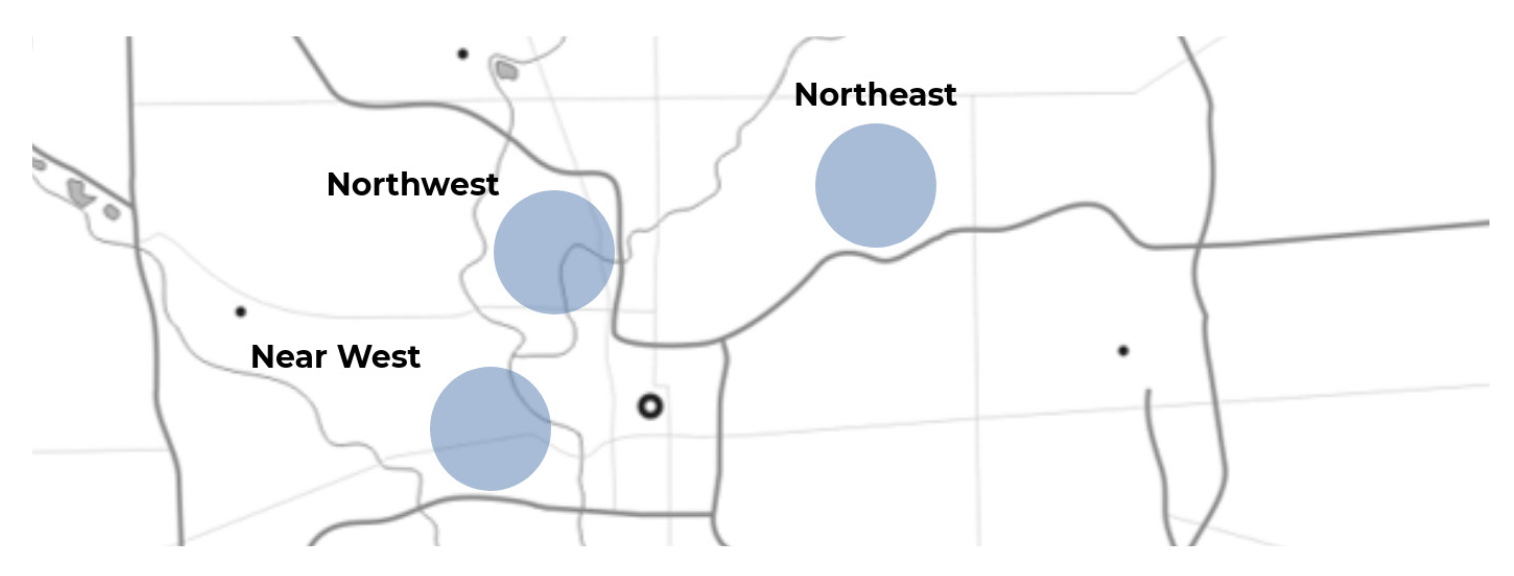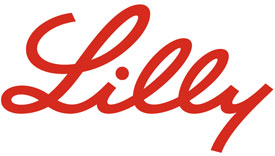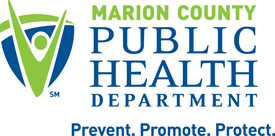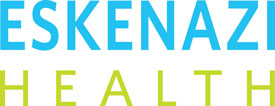An initiative designed in 2018 to build resources and connections within communities of Indianapolis with the goal of preventing diabetes or better managing it so that people can live long and healthy lives.
In September 2021, DIP-IN received additional funding from Eli Lilly and Company to not only expand the initial three aims, but to add a fourth aim to the initiative.



 Improve access to care and continuity of care for people living with diabetes
Improve access to care and continuity of care for people living with diabetes Increase awareness of risk factors for diabetes and encourage people at high risk to be screened so they can take action
Increase awareness of risk factors for diabetes and encourage people at high risk to be screened so they can take action Foster an environment (physical and social) that supports greater health and well-being for all residents
Foster an environment (physical and social) that supports greater health and well-being for all residents Increase community capacity to lead DIP-IN initiatives through a focus on civic engagement and enhanced community leadership
Increase community capacity to lead DIP-IN initiatives through a focus on civic engagement and enhanced community leadership




